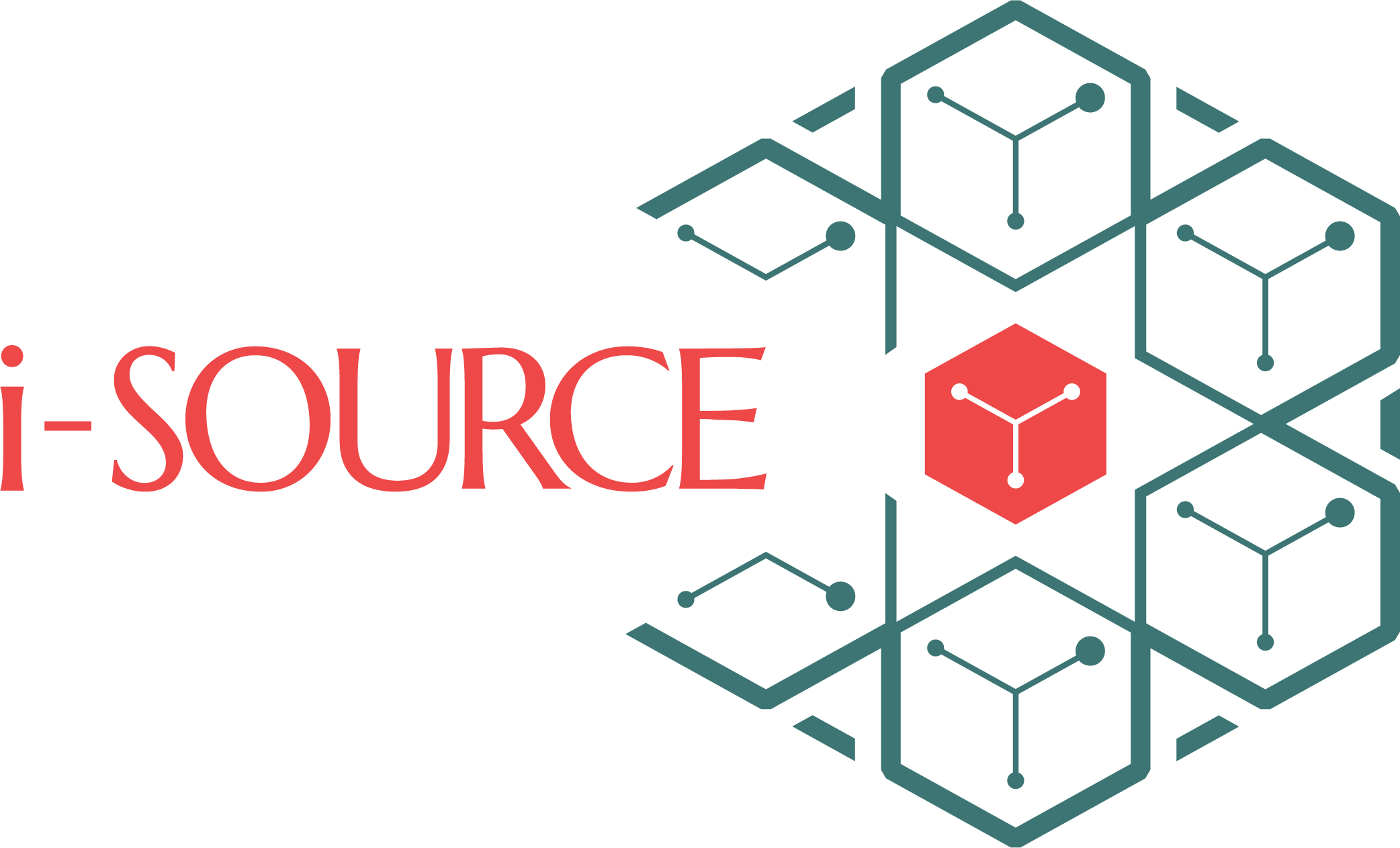Strategizing application modernization
We hear a lot about application modernization in discussions about enterprise IT. The usual motivators for such conversations are the need to bring agility into the enterprise IT strategy to keep up with rapidly changing customer needs and market dynamics. But the truth is that most CIOs dread these conversations. The dirty secret they are all forced to hide is that in-house talent with technology knowledge and legacy language skills is extremely thin on the ground. Without that crucial resource, it’s a huge risk to take on a modernization project for any legacy application that’s contributing to important business activity. In fact, one recent survey revealed that 55% of enterprises were looking to only modernize those applications that had no other dependencies. For other applications, roughly the same number agreed that they would touch those only if they were at risk of total or critical failure. These CIOs know that application modernization projects are a journey of many steps. And all through that journey, not only is it important to carefully and creatively build out the future, but it is also crucial to thoughtfully and strategically manage the present. That’s why it’s important to have adequate skills in the legacy application in-house or to partner with someone who does have those skills. Without that, you may be left with no choice but to modernize applications that are picked not for the likely business impact but to restrict the fall-out zone of a filed project.
